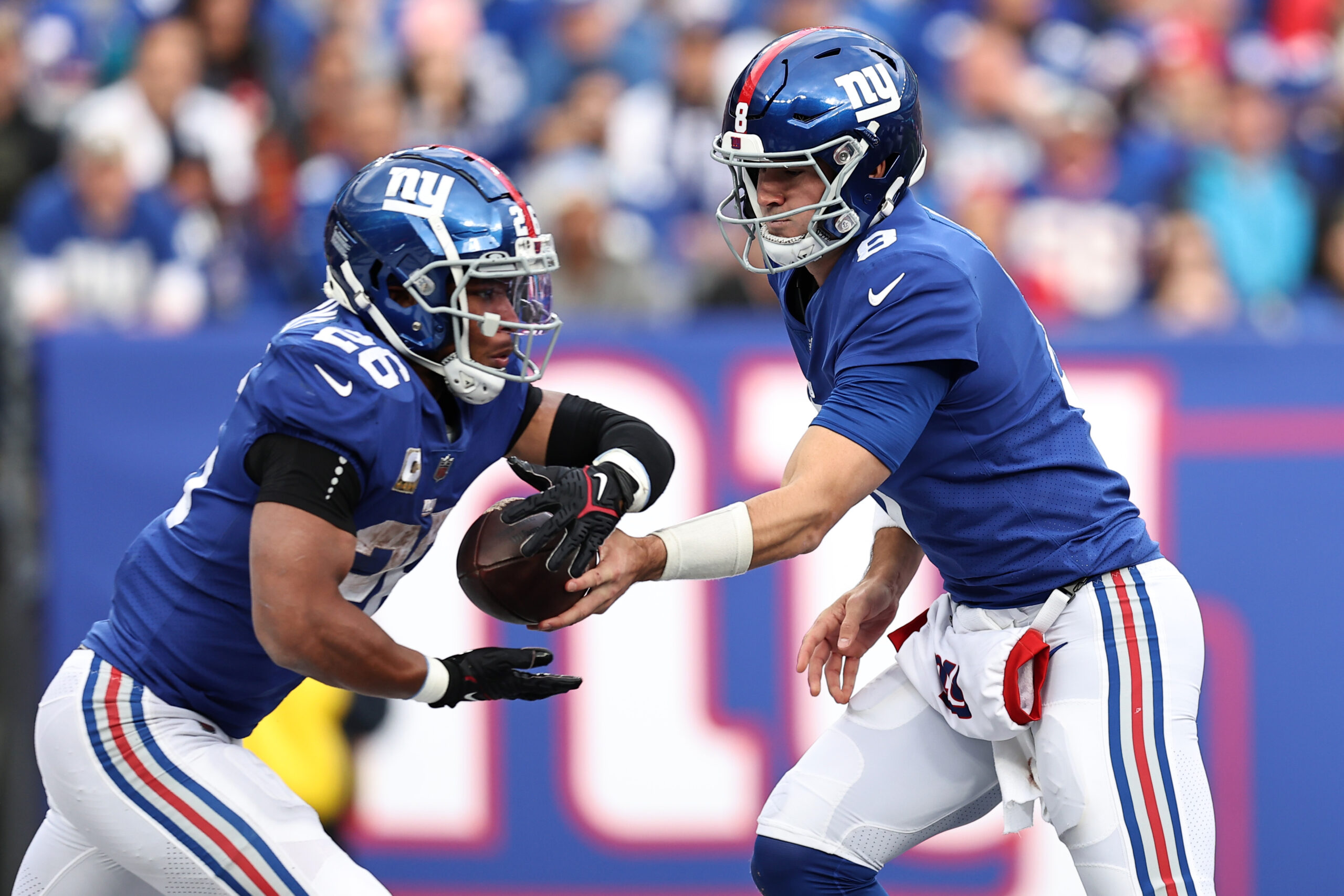Giants in Mythology and Folklore: Lions Giants

Giants, colossal beings exceeding human size and often possessing superhuman strength, have captivated the imaginations of cultures worldwide for millennia. These figures, often imbued with mythical powers, play significant roles in ancient narratives, reflecting societal anxieties, beliefs, and the awe-inspiring forces of nature.
Types of Giants in Mythology and Folklore
Giants in mythology and folklore vary widely in their physical characteristics, powers, and roles within different cultures. They are often associated with specific geographical locations, natural phenomena, and cultural beliefs.
- Nordic Mythology: The Jötnar, giants in Norse mythology, are often depicted as powerful and fearsome beings who reside in Jotunheim, a realm separate from the human world. They are associated with chaos and destruction, and their conflicts with the gods often serve as the backdrop for epic sagas. Some notable Jötnar include Ymir, the primordial giant from whom the world was created, and Thrym, the giant who steals Thor’s hammer.
- Greek Mythology: In Greek mythology, giants are often associated with the Titans, a race of primordial beings who ruled the world before the Olympian gods. Giants like Typhon, a monstrous being with wings and multiple heads, were feared for their immense power and destructive potential. The Gigantes, another group of giants, were born from the blood of Uranus and were known for their fierce battles against the gods.
- Celtic Mythology: The Fomorians, in Celtic mythology, are a race of monstrous giants who were enemies of the Tuatha Dé Danann, a race of supernatural beings. They are often associated with the sea, storms, and darkness. The Fomorians were known for their cunning and their use of magic, and they were defeated by the Tuatha Dé Danann in a series of battles.
- Slavic Mythology: Slavic mythology features giants known as Velikani or Div, who are often depicted as powerful and benevolent creatures. They are associated with nature and the forces of the earth. Some Velikani are said to have created mountains and valleys, while others are guardians of forests and springs.
Origins and Significance of Giants in Ancient Cultures, Lions giants
The origins of giants in mythology can be traced back to ancient cultures’ attempts to explain natural phenomena and the vastness of the world.
- Creation Myths: In many cultures, giants play a significant role in creation myths. They are often seen as the first beings to exist, responsible for shaping the world or creating its inhabitants. For example, in Norse mythology, Ymir, the primordial giant, is killed by the gods, and his body is used to create the world.
- Natural Disasters: Giants are often associated with natural disasters, such as earthquakes, floods, and volcanic eruptions. Their immense size and power are seen as a manifestation of these uncontrollable forces. In some cultures, giants are believed to be responsible for causing these disasters, while in others, they are seen as the protectors of the earth.
- Human Evolution: Giants have also been used to explain the origins of humanity. In some cultures, humans are believed to be descended from giants, who were once a dominant species. This belief reflects the human fascination with our origins and the desire to understand our place in the world.
Giants in Different Cultures
Giants are portrayed differently in various cultures, reflecting their unique cultural beliefs and values.
- Personality and Motivation: In some cultures, giants are depicted as savage and destructive, while in others, they are seen as benevolent and wise. For example, the Jötnar in Norse mythology are often portrayed as chaotic and destructive, while the Velikani in Slavic mythology are often seen as protectors of the earth.
- Relationships with Humans: Giants’ relationships with humans also vary across cultures. In some stories, they are enemies of humanity, while in others, they are protectors or even companions. The giants in Greek mythology are often portrayed as antagonists, while the giants in Celtic mythology are sometimes seen as benevolent figures who help humans.
Lions giants – Lions, those majestic giants of the savanna, embody raw power and unwavering determination. Their roar echoes through the ages, a symbol of strength and resilience. Much like these magnificent creatures, the Detroit Lions have carved their own legacy, fueled by the same indomitable spirit that defines their namesake.
From the gridiron to the hearts of their fans, the Lions stand as a testament to the enduring power of the lion’s roar, forever echoing in the annals of sports history.
The roar of the lions, the might of the giants – these are the forces that drive the NFL, and tonight, the stage is set for a clash of titans. To see who will emerge victorious, check out the matchups, players, and predictions for nfl games tonight.
The outcome of these battles will determine who reigns supreme, just as the lions and giants have done for centuries.